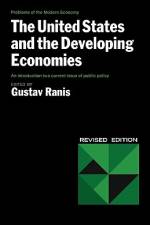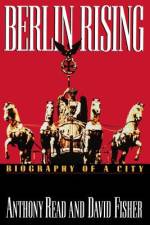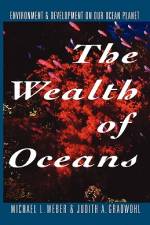av William Mckeen
335
Long-distance father William McKeen watched his son grow up during summers, holidays, and long weekends. Now, with Graham in college, the two take a summer road trip down Highway 61, the legendary road of the blues, from the Canadian border to the Gulf of Mexico. In cheap motels and smoky bars, with obscure bluesmen and barnstorming guitar heroes, they discover how the highway links rich and poor, black and white. In Minnesota and Iowa, William shows his son where he spent boyhood summers with his father, who died a decade before Graham was born. In St. Louis, there's another nostalgic return to a former haunt, a slice of rock-and-roll heaven called Blueberry Hill. In Memphis, they find the genuine, uncommercialized side of the city's legendary music world, and deep in the heart of the Mississippi Delta they stand over the grave of legendary bluesman Charley Patton, listen to the murmur of wind over the cotton fields, and offer silent benediction. As they venture together through magnificent country, walking the hometown streets of Bob Dylan and Mark Twain, standing at Robert Johnson's haunted crossroads, journeying from the Delta Blues Museum to Doe's Eat Place to the Alachafaya Café of New Orleans, father and son come to realize that they have a permanent connection that can never be broken by age or distance."Rock authority, scholar, and newly minted good ol' boy when he feels like it, William McKeen doesn't even know how to be uninteresting, least of all on Highway 61." -Tom Wolfe "I read the book with joy and admiration for a writer at the top of his game. The book bursts with inspiration and cunningly chronicles the nuances of father/son relations in the broader context of a rock 'n' roll illusion. McKeen achieves a stunning narrative velocity and scope. A brilliant writer!" -Nick Fowler, author of A Thing (or Two) About Curtis and Camilla "All the senses are touched in this sassy but poignant road book. William McKeen's stick-to-the-ribs words will make readers hunger for greasy burgers, thirst for icy beer, and listen to a constant serenade of music and poetry from the shoulders of the highway. En route they eavesdrop on a father and son memorizing each other during their free-fall journey without any reservations." -Michael Wallis, author of Route 66: The Mother Road "From the Iron Range of Minnesota, where they search for the spirit of Bob Dylan, to the Mississippi Delta haunted by the ghost of Robert Johnson, William McKeen and his son take the reader down Highway 61 on a trip as rich as the musical roots they explore en route." -Curtis Wilkie, author of Dixie






























